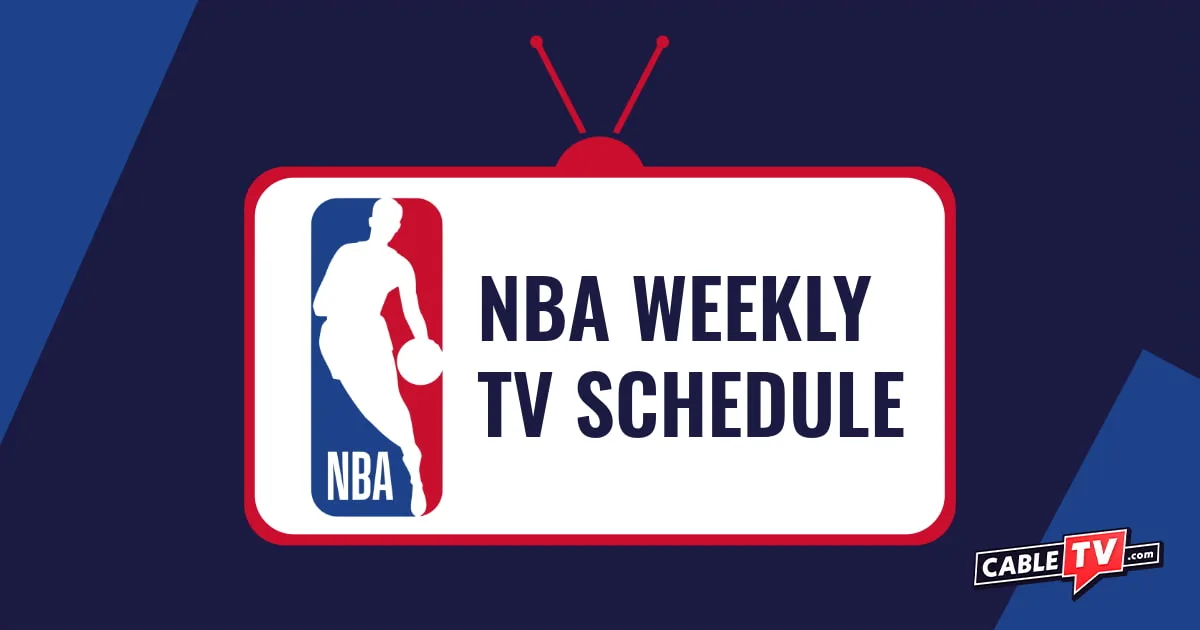SAG-AFTRA, the union that represents working actors, and the Writer’s Guild of America (WGA) kicked off their first full week of joint strikes today as the actors’ and writers’ guilds take part in Hollywood’s first dual strike since 1960.
The WGA’s been on the picket lines since May, and SAG-AFTRA officially joined them last week. Both guilds have settled in for a lengthy fight with the Alliance of Motion Picture and Television Producers (AMPTP), which represents the major studios and streamers.
Here’s what you need to know (and what else you should read) to learn about the WGA and SAG-AFTRA strikes:
July 2020: WGA and SAG-AFTRA agree to deals despite strike speculation
The WGA and SAG-AFTRA signed their contracts with the AMPTP in July 2020. Both unions traditionally renew their production agreements with the AMPTP (which represents all the major studios and streaming services) on a three-year basis.
Both contracts included protections like rate increases and insurance funding. Although the studios and WGA expressed concern about a potential strike—the guild and AMPTP were at loggerheads over streaming residuals—the impact of COVID-19 restrictions led both sides to reach a quick deal and figure out streaming residuals later.
March 2023: WGA begins negotiations
The WGA and AMPTP kicked off contract discussions for a new three-year pact. Major discussion points for the guild include compensation rates for writers, streaming residuals, and staffing requirements.
Why are actors and writers striking?
The streaming era’s been a boon for studios, which have churned out more content to fill out streamers’ catalogs, but this production glut has been a weight on writers and actors alike.
As CableTV.com’s Alex Kerai pointed out, writers have been dealing with low payments and shrinking episode counts, which make it much harder to eke out a full-time income.
In addition, the median weeks worked have dropped significantly due to the rise of streaming television, which offers shorter episode orders than the typical Big Four network. (For example, NCIS has a 22-episode season, while 1883 consists of just 10 episodes. Both are produced and distributed by Paramount Global subsidiaries.)
Variety
broke down some of SAG-AFTRA’s key negotiating demands, which include likeness protections over the use of artificial intelligence and a 2% revenue-sharing split for streaming shows.
Looking for the best TV news?
Subscribe to our email newsletter to get the latest strike news, entertaining takes, and money-saving promotions.
By signing up, you agree to our Privacy Policy & Terms and Conditions.
April/May 2023: WGA approves strike
In April, WGA members voted to authorize a strike in case the guild’s negotiations with the AMPTP failed, and the provision passed by a 97% approval margin. After stalled negotiations with the AMPTP, the WGA would officially go on strike the following month.
What shows and movies are affected by the strike?
Long story short: expect to wait longer for new movies and new seasons of your favorite shows. The writers’ strike threw a logjam into many productions, but the actors’ strike has shut down numerous programs entirely.
Check out our WGA strike guide and SAG-AFTRA strike guide to see if your favorite TV show or upcoming movie’s been shut down.
June/July 2023: SAG-AFTRA authorizes strike
Nearly 98% of SAG-AFTRA members approved the use of a strike in case their negotiations with the AMPTP also stalled. As with the WGA, the actors’ guild joined the picket lines the following month.
What are residuals?
Residuals are payments given to writers and actors when a movie or TV show re-airs or gets reused on another platform. In 2011, comedy writer and actor Wayne Federman wrote in The Atlantic about the impact of residuals:
By convincing the major studios to accept the concept of paying film residuals, Reagan opened the gates to an expanding revenue stream that continues to benefit thousands and thousands of film actors—and their heirs …
These days, with the prevalence of cable, DVDs, satellite, Netflix, pay-for-view, rentals, streaming, and downloads, residual payments are now massive. In fact, since SAG first began issuing residual checks, more than $7.4 billion have been distributed directly to actors. Many are middle-class actors like me.
Residuals traditionally allowed working actors to stay financially solvent in between jobs, but in the streaming era, residuals have become an unreliable income stream. On Instagram, actress Kimiko Glenn posted about the meager residual payments she received from Orange is the New Black, despite being on the show for five seasons:
The New Yorker followed up with Glenn and other cast members in a story, highlighting how Netflix’s low rates affected their time on the show:
Despite the Beatlemania-like fame, many cast members had to keep their day jobs for multiple seasons. They were waiting tables, bartending. DeLaria continued doing live gigs to keep up with her rent. Diane Guerrero, who played the fashionable inmate Maritza Ramos, worked at a bar, where patrons would recognize her. “How could you tell this complete stranger how much you’re getting paid for being on a television show?” she asked. “Because everyone’s reaction would be, like, ‘Oh, my God, I love you on that show! But also, what are you doing here?’ It was this incredulity that was teetering on offensive.”
What about the studios?
Studio executives are certainly doing fine, but the studios themselves have been on slightly shakier ground. In recent months, studios like Showtime have done significant layoffs, and streamers have regularly pulled down content to trim budgets and residual payments. Earlier this month, Disney pulled its original film Crater off Disney+, even though the film cost a reported $53 million and had a brief seven-week streaming run.
The reasons for these cutbacks have varied, although the companies themselves are doing more than fine financially. But they’re coming amid a bill-is-due moment for streamers who poured millions into their own streaming services and now need to make them profitable.
In June, Vulture talked to executives, writers, and other experts to gauge the future of streaming services:
“Everything became big tech — the Amazon model of ‘We don’t actually have to make money; we just have to show shareholder growth.’ Everyone said, ‘Great. That seems like the thing to do.’ Which essentially was like, ‘Let’s all commit ritual suicide. Let’s take one of the truly successful money-printing inventions in the history of the modern world — which was the carriage system with cable television — and let’s just end it and reinvent ourselves as tech companies, where we pour billions down the drain in pursuit of a return that is completely speculative, still, this many years into it.’”
Is the writers’ strike over yet?
If current trends hold, the strikes won’t be over any time soon. Both guilds have dug in for a lengthy fight with the AMPTP and negotiations are largely at a standstill. For historical comparison, the 2007 WGA and the 1980 SAG-AFTRA strikes each lasted just over three months.
At the moment, the current WGA strike (which started in May) will likely match this mark. As Vulture’s Josef Adalian noted on Twitter (and seconded by the New York Times), studios could be facing a crisis if the strike extends into the fall.
I wrote this about the SAG/WGA strikes yesterday. Had a series of chats yesterday with execs which only strengthened my belief that things are already bad for legacy entertainment companies—and will get worse by the week. pic.twitter.com/WiO4oN2a78
— TVMoJoe (@TVMoJoe) July 18, 2023





